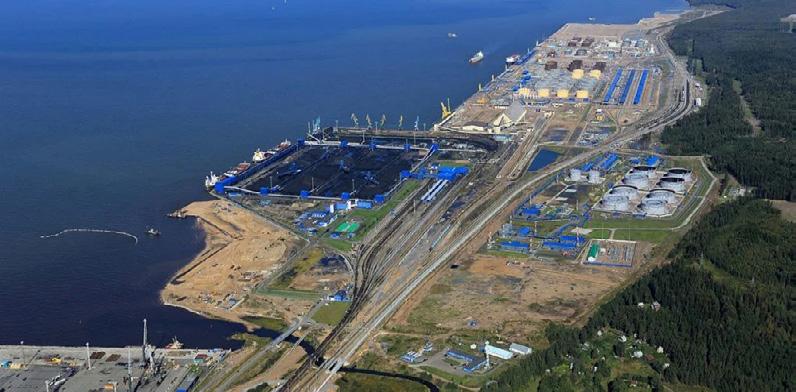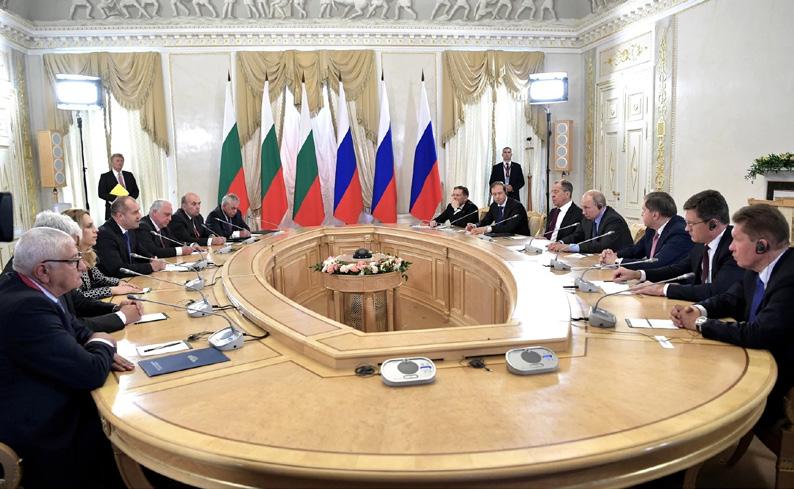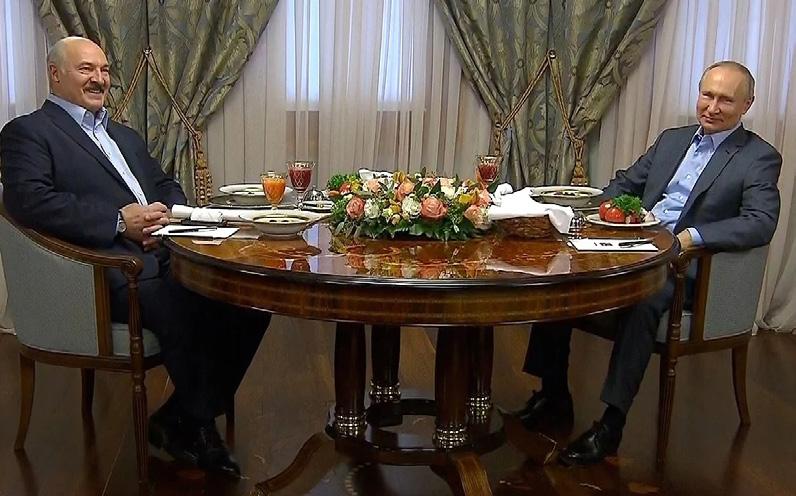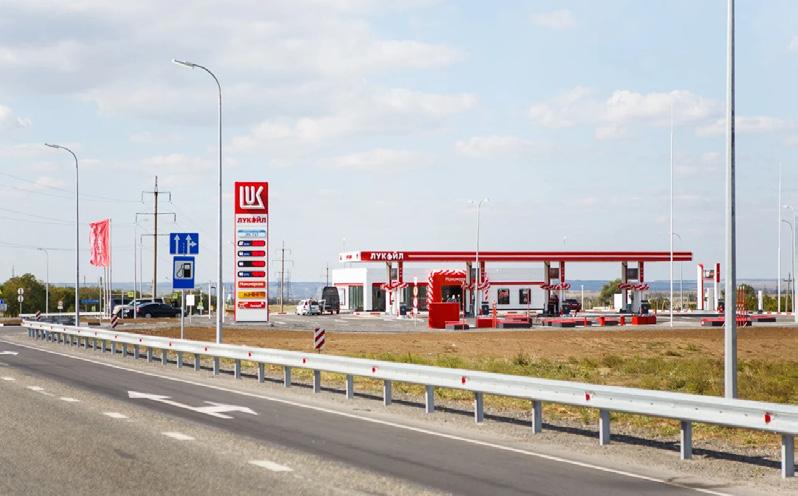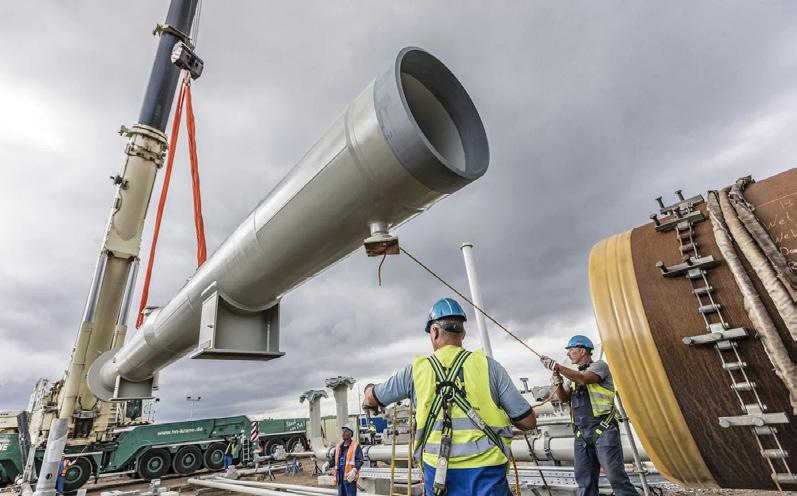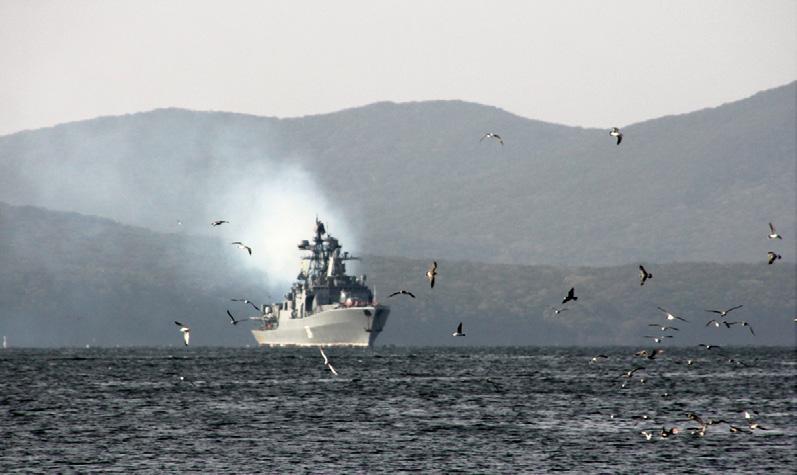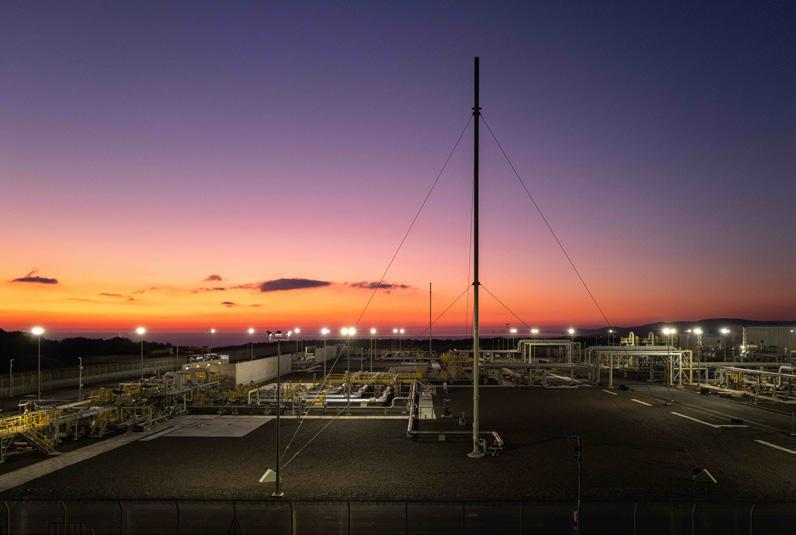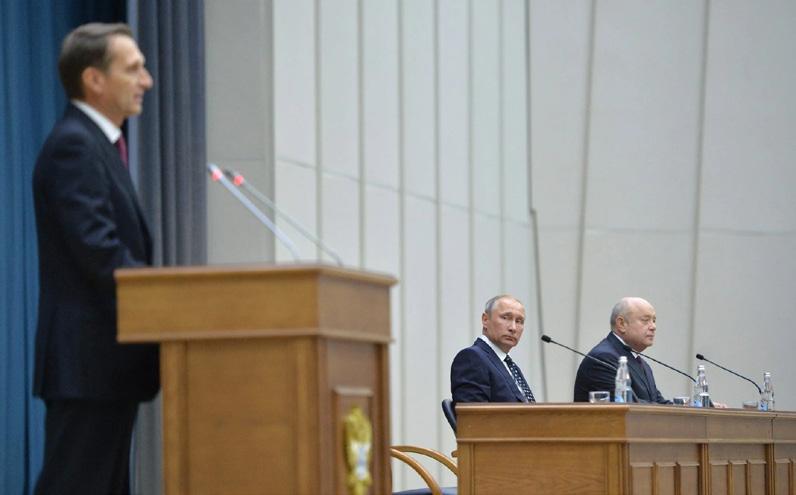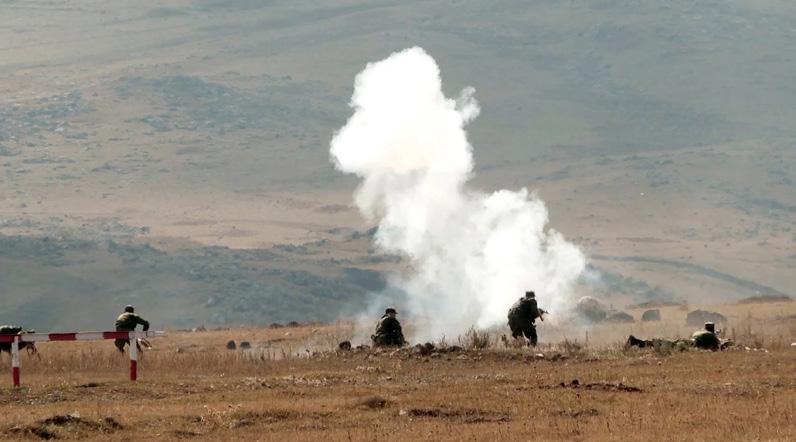
3 minute read
RUSSIAN LIFELINE DOES LITTLE FOR BELARUS
The Belarusian Foreign Ministry said on Monday that a group of 1,000 Russian servicemen would be sent to Belarus for Slavic Brotherhood’s second stage (September 22–25). As a whole, the second part is set to attract far more troops than in the first part, as agreed on long before. A group of 6,000 troops was drawn to the military drills, alongside some 500 units of military equipment, with roughly 1,000 servicemen and 100 pieces of hardware dispatched from Russia. Not only were the drills extended in time, but also their whole scale rose dramatically. What both Russia and Belarus was of course that these were just defense drills aimed at “developing a set of actions accordingly to any deals between Russia and Belarus and deepening integration 24 September 2020 its new loan from Russia to cover the outstanding debt to Russian gas giant Gazprom. Russian Finance Minister Anton Siluanov said the $1.5 billion loan - as agreed during a Sochi meeting between Lukashenko and Putin - would come in a few tranches. Russia and the Eurasian Fund for Stabilization and Development will send Belarus the first $1 billion tranche by the end of the year. The remainder will be paid in 2021. Belarus will take about $330 million of its loan from the Eurasian Fund for process to strengthen the Union State and its defense capabilities.” It was believed to employ 800 people and 170 pieces of military hardware, with Belarus preparing some 500 troops and some 100 units of military equipment as well as 300 servicemen from Russia along with 70 pieces of military hardware. Moreover, Russia would have mobilized paratroopers from its Pskov division to Belarus for the joint drills. Also, Moscow deployed a battalion tactical group from the Tula-based 106th Guards Airborne Division to Belarus. The second stage will involve troops from Russia’s Western Operational Command, special forces, air and anti-aircraft defense troops, missile and artillery brigades from Belarus, and airborne
Belarus plunged into political and economic turmoil. Thus the Kremlin offered a lifeline to Alexander Lukashenko, with an emergency $1.5 billion loan to help the country avoid a crash in living standards. But this lifeline is not an answer to Minsk’s headache since the new loan will largely go towards refinancing debt already owed to Russia.
Advertisement
Belarus will channel the lion’s share of detachments from Russia. Stabilization and Development to fully cover its debt to Gazprom, according to Siluanov. This involves Lukashenko’s gas concession towards Moscow. Minsk buys as much as 20 billion cubic meters (bcm) of Russian-sourced gas each year. Officials in both countries are haggling over gas prices. Gas trades at $127 per 1,000 cubic meters whilst Lukashenko had earlier argued this should be no more than $45. Gazprom is keen to discuss gas prices in 2021 yet only after Belarus pays off the debt to Gazprom, the company’s CEO Alexei Miller said back in May.
SOURCE: KREMLIN.RU
Belarus then replied that it had no outstanding debt. But in Sochi Putin must have convinced Lukashenko that there was something to be repaid anyway. The promised Russian lifeline is unlikely to solve Minsk’s financial problems in the long run, with the $1.5 billion being right enough to cover the country’s spending till the end of the year. It is worthwhile adding that as of September 1, Belarus’s central bank had roughly $7.9 billion in reserves whilst its external debt stood at $40 billion, of which $18 billion in the national debt. Long story short, Lukashenko’s regime has no hard currency. And it will get even worse than that as the IT crisis is aggravating due to political oppression. More and more businesses are moving their premises abroad. Just to recall here that throughout 2019, the Hi-Tech Park, with 886 businesses registered, brought $2 billion in export profits to the country. But for IT exports, Belarus’s budget gap would have grown three times bigger, with $3.2 billion instead of $1.2 billion.

